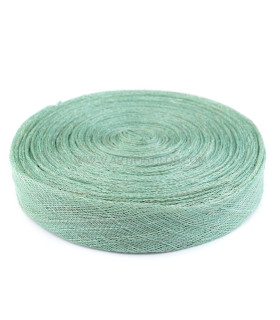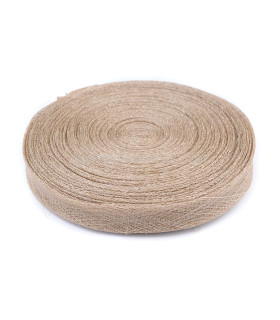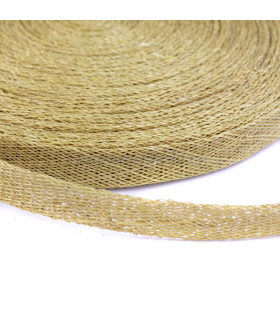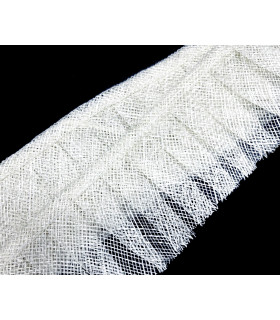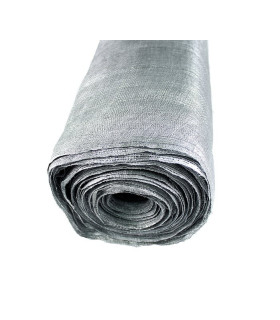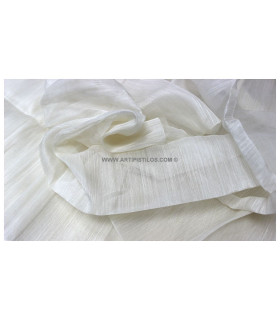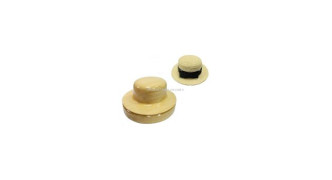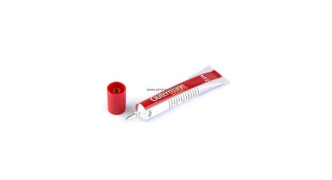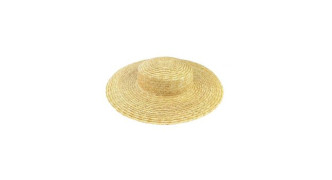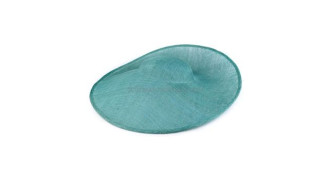SINAMAY / ABACA SILK / JINSIN
METALLIC SINAMAY 90 CM X 1 METER
SINAMET/Pineapple fiber fabric 75 CM X 50 CM
PINASEDA/THE BEST HAT FABRICS ARE HERE
THE BEST HAT FABRICS ARE HERE
At Artipistilos we are committed to meeting all your needs for sinamay fabric, abaca silk fiber, and jinsin for manufacturing your hats, wide-brimmed hats, and headdresses.
Explore this section and be amazed by our wide range of colored fabrics (all the ones you can imagine) and varied patterns (checked, striped, polka-dotted, grill-patterned, animal prints…). We also have special fabrics with glitter, pleats, metallic finishes, and other effects.
Finally, we offer mini rolls of fabric, ribbons, and bias tape so you can create your decorations just the way you want.
WHAT IS SINAMAY FABRIC?
Sinamay fabric is a highly valued weave for its delicacy, softness, and easy moldability. Originally made in the Philippines, the material for sinamay is extracted from two different plants: henequen (from Mexico) and abaca (native to the Philippines).
Sinamay hats and sinamay wide-brimmed hats have a light and translucent appearance enormously suggestive. This makes them ideal as summer hats or summer wide-brimmed hats because they partially block the light and allow for breathability. This exotic fabric is elegant and sophisticated, which is why, for example, a sinamay wide-brimmed hat for weddings is a terrific choice for such celebrations.
Regarding headdresses, sinamay headdresses have a long history. In fact, to this date, it is one of the main materials for making headdresses. For example, the main royal houses around the world often wear them at important events, as they are elegant and at the same time versatile.
WHAT IS ABACA SILK?
The abaca fiber or Manila hemp is a tough and durable fabric obtained from the plant of the same name, native to the Philippines. It is a very versatile weave used for making tea bags, currency paper, wrapping paper, filters, or the well-known Manila envelopes.
It is also used to make abaca ropes used in fishing, as this material is resistant to tension and deterioration due to constant contact with fresh or saltwater, wind, and/or sun.
Of course, abaca has also been used for hat making, often combined with silk, called abaca silk. This exquisite fabric is ideal for sculpted works, has a shine and vibrant color, fine, soft and flexible and can be molded or used for draping. A hat, headdress, or wide-brimmed hat made with abaca silk will always look glamorous.
The silk thread is a natural fiber created by a specific type of worm when weaving the cocoons inside which they undergo metamorphosis. The silk thread commonly used for making dresses comes from the larvae of the Bombyx mori moth, which is native to what we now know as China, India, Korea, Japan, and parts of Eastern Russia.
Silk fabrics were first made in China around the year 3000 BC. At first, only members of the Chinese imperial family could wear silk garments. However, due to its wider use in Chinese culture, its production eventually spread around 1300 BC to other areas of the empire.
Silk soon became a highly demanded product thanks to its texture, shine, and comfort. Its popularity grew so much that the first international commercial route in history that connected the Far East, India, the Middle East, North Africa, and Europe became known as the Silk Road.
WHAT IS JINSIN?
Jinsin is a fabric made with woven straw and is highly appreciated for its sculptural quality. The warp of jinsin consists of buntal straw and a weft of polyester, which creates a beautiful vertical line pattern and allows for creating powerful sculptural curves.
Being a blend of natural fiber and synthetic thread, jinsin creates an interesting effect when dyed, resulting in a very strong but appealing contrast between the fabric's warp and weft.
WHAT ARE FABRICS?
Fabrics or textiles are sheet-like materials that are created by crossing and binding threads or fibers.
When this process is done with longitudinal (warp) and transverse (weft) threads, they are called 'woven fabrics'. When done by loops that form a mesh, they are called 'knitted fabrics' or 'knits'. They can also be made by crossing two or more warp threads without a weft, like some tulle types.
The textile industry is known as weaving. The production of fabrics from natural, artificial, or synthetic fibers, along with their various combinations, creates a wide variety of fabric types.
Humans created different types of textiles to protect their bodies and homes from various climatic phenomena (heat, cold, rain, wind, light). In the Neolithic, they began to spin flax for summer and wool for winter, for which they invented the spindle and the loom. Later, all kinds of accessories, tools, and complements began to be created with fabric, including hats.
The design of looms was refined over the centuries, but essentially did not change significantly until the addition of the steam engine. This led to the creation of the industrial loom, which drastically multiplied the production of textiles, thereby reducing their price.
We can classify fabrics into 3 types according to their structure:
- The flat or 'warp and weft' fabrics, which include taffeta, twill, and satin.
- The complex fabrics (more elaborate than flat fabrics) include pile fabrics (corduroy, velvet...), double cloth or reversible, and others such as brocades, piqué, damasks, etc.
- The knitted fabrics, which can be flat or tubular depending on the machine used.
There are 3 types of fibers: natural, artificial, and synthetic.
- The natural fibers come from plants or animals (wool, cotton, silk, linen…).
- The artificial fibers are the result of transforming a natural raw material, such as cellulose.
- The synthetic fibers are entirely generated in a laboratory (polyester, nylon, acetate…).


